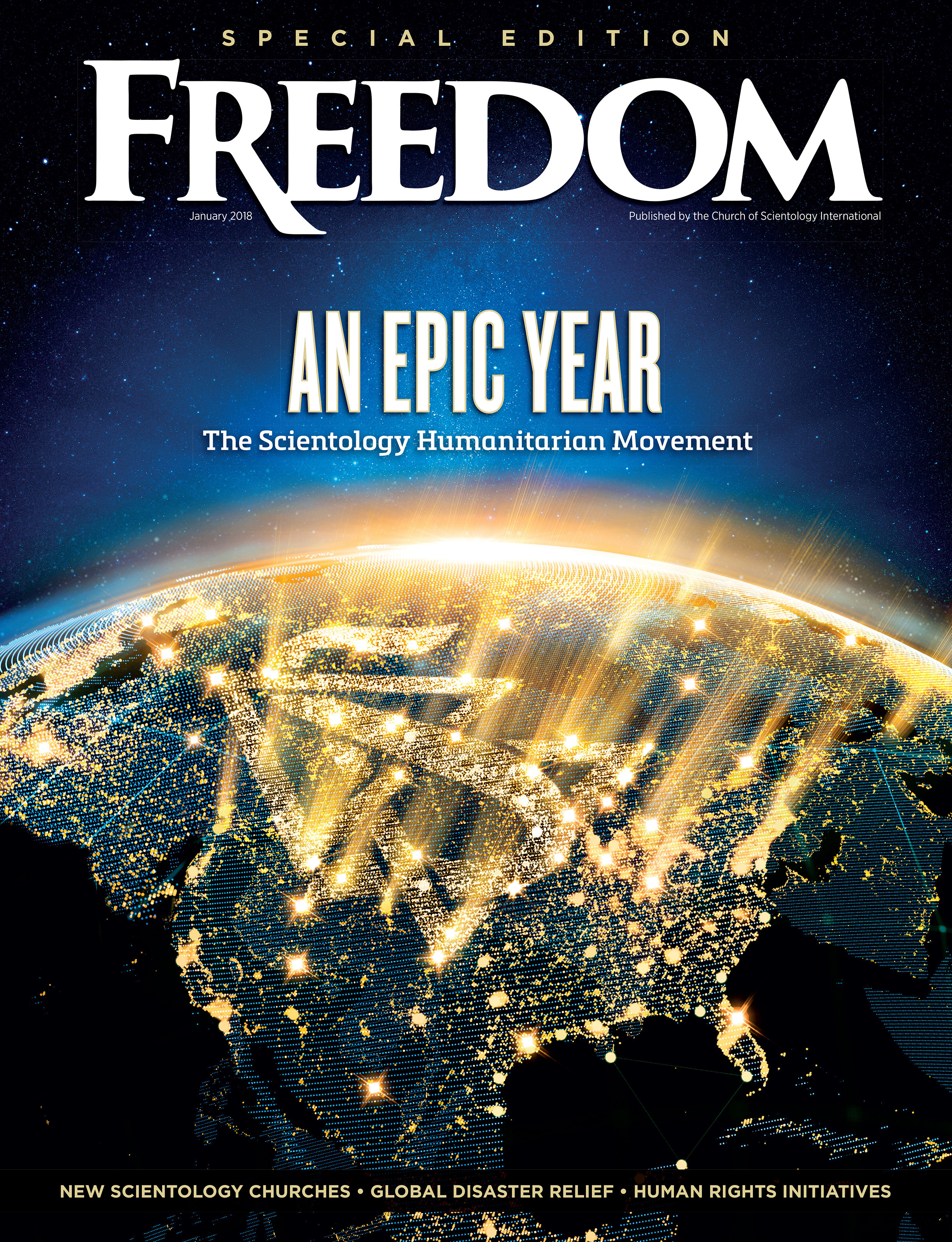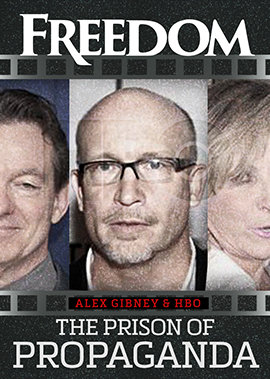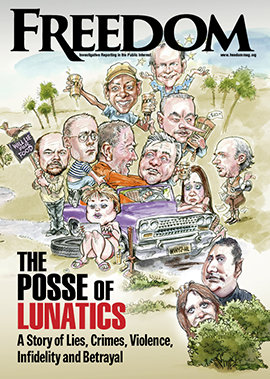In other words, human slavery is wrong and must be stopped.
Almost exactly a year prior, the General Assembly had proclaimed Resolution 217A, known more familiarly as the Universal Declaration of Human Rights, which states that all human beings are born free and equal, and everyone has the right to be free from slavery.
But in recent decades, the number of human beings owned by other human beings has nearly doubled to 50 million worldwide. Labor and sex are the two prime motivators for the modern slave trade. And for both, women and children are the most vulnerable.
Like a bacteria or virus, slavery has evolved and developed its own defenses against those who would stamp it out.
All of which is to say: Slavery is a major industry and it’s booming. According to UNICEF, the purchasing and transport of human chattel—otherwise known as human trafficking—is the second most profitable illegal industry. The UN estimates the annual global profit garnered from forced labor at $236 billion. That’s nearly a quarter of a trillion dollars stolen by the slave trade from normal workers, many of whom are struggling to make ends meet.
A quarter of a trillion dollars subtracted from the world’s economy is enough to destabilize governments—now denied tax revenue—strengthen criminal networks and disintegrate order and the rule of law in developed and developing countries alike.
Human servitude, then, is a scourge that affects us all.

This year’s International Day for the Abolition of Slavery marks three-quarters of a century since the General Assembly’s adoption of the resolution condemning the ancient and modern barbarism of human bondage.
It is a grim anniversary in light of the current crisis.
“The focus of this day,” according to the UN website, “is on eradicating contemporary forms of slavery, such as trafficking in persons, sexual exploitation, the worst forms of child labor, forced marriage and the forced recruitment of children for use in armed conflict.”
Like a bacteria or virus, slavery has evolved and developed its own defenses against those who would stamp it out. The growth of the internet, for example, made the buying and selling of children for sex clean, efficient and difficult to trace. The infamous online hub, Backpage.com, championed by disgraced blogger and professional bigot Tony Ortega, thrived for years—at $100 million in annual profit—until shut down by the FBI, its executives convicted and jailed.
Backpage’s downfall was a major chink exposed in the seemingly impenetrable armor of human trafficking and a possible harbinger of the beginning of the end to the soul-slaughtering pandemic of slavery. If Backpage could be taken down, then other human trafficking enterprises may also be terminated.
This year alone, major anti-trafficking operations have netted hundreds of arrests in Florida, California, Pennsylvania and Scotland, and thousands more in a worldwide effort coordinated by INTERPOL and the UN Office on Drugs and Crime—the largest-ever operation of its kind, spanning 116 countries and territories in less than a week.
The world has become alert to the pestilence in its midst and, as in the INTERPOL-UN operation, has shown that nations can unite against a common enemy. In the US, states enacting tougher anti-trafficking laws include Arizona and Florida. Victims’ advocates like Andrea Powell are finally being heard in state and federal legislatures and public discourse. Online platforms and nonprofits like Rahab’s Daughters and World Without Exploitation have given survivors shelter and a platform from which to bear witness.
It took 75 years for human slavery to build to a tidal wave of human anguish touching every shore on Earth. It took those same 75 years for the world to wake up and begin to take unified and effective action against it.
Hopefully it won’t take another 75 years to stamp it out.






















